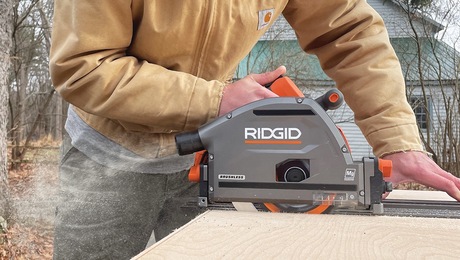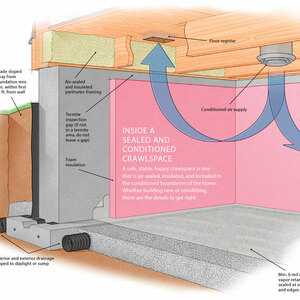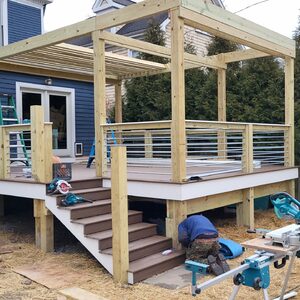*
I am re finishing oak parquet (1′ squares of 3/8″x2″x12″ face nailed white oak strips,each square perpendicular to the adjacent square, with a 1′ foot wide border of red oak random length strips) which was stained with walnut and coated with shellac. Some of the finish is chipped off/and/or appears to have suffered from water damage. The wood itself is not discolored. The adjacent rooms, with the same type of flooring were re finished last winter but the old finish there was oil based varnish. The product used was Varethane diamond floor finish. They recommend using a chemical stripper first to remove any shellac. I was told by someone that as shellac is naturally 5-10% wax using a floor sander to remove it results in the generation of heat which will continue to drive some of that wax into the wood and that the wax residue will of course interfere with the adhesion of the finish, particularly a water based finish. Using oil based finishes is not an alternative since the clear lacquer like appearance and high UV resistance of the adjacent rooms finish is desired. I have given the matter some thought and realized that floor sanding with power equipment is a recent invention and that hand tool methods were until not that long ago the only way. I have a nice selection of antique scrapers and since this just a single room of 140 square feet I propose to “do it the old fashioned way”, though I am having to reinvent the wheel. I have been unable to do more than guess how it would have been done, aside from from occasional references to the use of scrapers in smoothing floors, the existence of antique flooring planes ( more appropriate to long straight runs than parquet) and a picture of French workmen stripping a floor (if you are curious go to amazon.com, then search zShops and enter Caillebotte Raboteurs De Parquet)
Sorry to be so long winded but felt I should give as many details before I field my question which is : If I scrape the floor until all evidence of the previous finish has been removed can I pass over the use of a chemical stripper ? I don’t mind the effort involved with using the scrapers ( I’ve already tried a couple of squares) but I am opposed to using chemical strippers, on environmental grounds, unless absolutely necessary.


















Replies
*
I am re finishing oak parquet (1' squares of 3/8"x2"x12" face nailed white oak strips,each square perpendicular to the adjacent square, with a 1' foot wide border of red oak random length strips) which was stained with walnut and coated with shellac. Some of the finish is chipped off/and/or appears to have suffered from water damage. The wood itself is not discolored. The adjacent rooms, with the same type of flooring were re finished last winter but the old finish there was oil based varnish. The product used was Varethane diamond floor finish. They recommend using a chemical stripper first to remove any shellac. I was told by someone that as shellac is naturally 5-10% wax using a floor sander to remove it results in the generation of heat which will continue to drive some of that wax into the wood and that the wax residue will of course interfere with the adhesion of the finish, particularly a water based finish. Using oil based finishes is not an alternative since the clear lacquer like appearance and high UV resistance of the adjacent rooms finish is desired. I have given the matter some thought and realized that floor sanding with power equipment is a recent invention and that hand tool methods were until not that long ago the only way. I have a nice selection of antique scrapers and since this just a single room of 140 square feet I propose to "do it the old fashioned way", though I am having to reinvent the wheel. I have been unable to do more than guess how it would have been done, aside from from occasional references to the use of scrapers in smoothing floors, the existence of antique flooring planes ( more appropriate to long straight runs than parquet) and a picture of French workmen stripping a floor (if you are curious go to amazon.com, then search zShops and enter Caillebotte Raboteurs De Parquet)
Sorry to be so long winded but felt I should give as many details before I field my question which is : If I scrape the floor until all evidence of the previous finish has been removed can I pass over the use of a chemical stripper ? I don't mind the effort involved with using the scrapers ( I've already tried a couple of squares) but I am opposed to using chemical strippers, on environmental grounds, unless absolutely necessary.